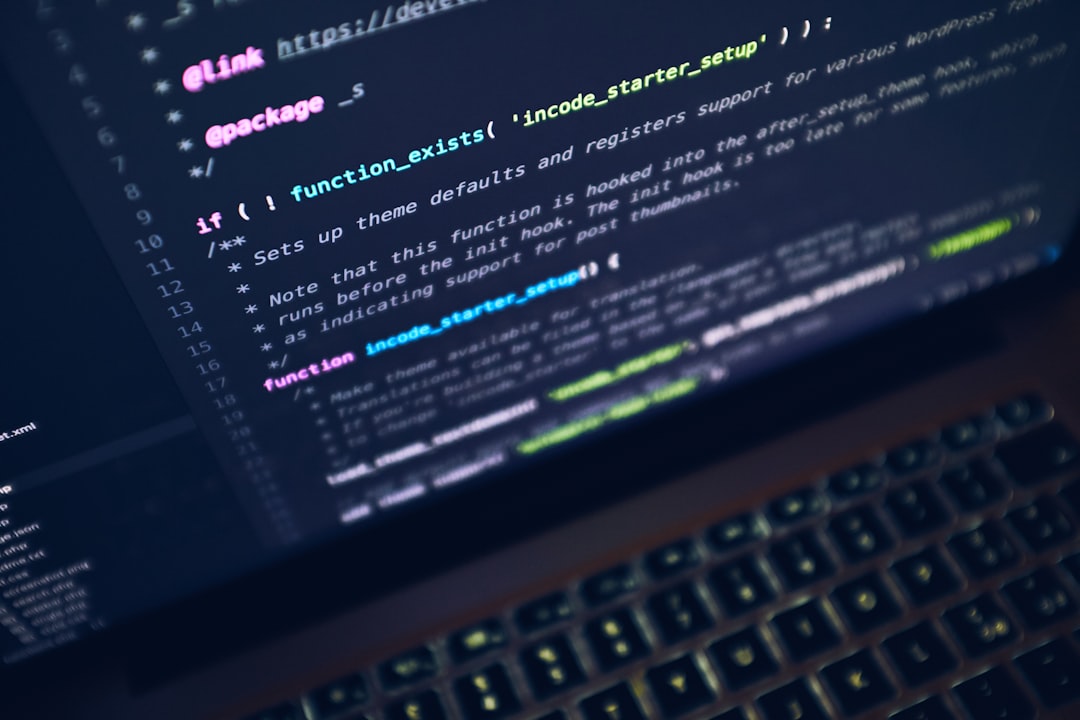
Revolutionizing Human Interaction: The Evolution of AI-Powered Chatbots in Technology
The rise of AI-powered chatbots represents a paradigm shift in how we interact with technology. These intelligent systems have transformed customer service, personal assistance, and even education. As businesses increasingly adopt AI, the question arises: how are chatbots revolutionizing human interaction?
Understanding AI-Powered Chatbots
AI-powered chatbots employ natural language processing (NLP) and machine learning algorithms to simulate human-like conversations. Unlike traditional chatbots that rely on pre-defined scripts, AI chatbots learn and adapt based on user interactions, enabling them to provide more personalized and relevant responses.
Key Features of AI-Powered Chatbots
- Natural Language Understanding (NLU): This allows chatbots to comprehend user intent and context, making interactions smoother and more intuitive.
- Machine Learning: As chatbots gather data from conversations, they improve over time, refining their responses and understanding of user preferences.
- 24/7 Availability: AI chatbots can operate round the clock, providing instant assistance without the need for human intervention.
Current Developments in AI-Powered Chatbots
Recent advancements in AI technology have led to the emergence of sophisticated chatbots capable of performing complex tasks. Here are some notable developments:
Conversational Commerce
Businesses are leveraging chatbots for conversational commerce, enabling users to make purchases directly through chat interfaces. For example, brands like Sephora and H&M have successfully integrated chatbots into their sales processes, providing customers with personalized product recommendations and enabling seamless transactions.
Emotional Intelligence
Innovative AI chatbots are now equipped with emotional intelligence capabilities, allowing them to detect user sentiment through text analysis. Companies like Replika have created chatbots that can engage users in empathetic conversations, making the interaction feel more human-like.
Multilingual Support
As globalization continues to shape business interactions, multilingual chatbots have become essential. Tools such as Google Translate API enable chatbots to communicate in various languages, breaking down barriers and expanding reach to diverse audiences.
Emerging Trends in AI-Powered Chatbots
As technology evolves, several emerging trends are shaping the future of AI chatbots:
Voice-Activated Chatbots
Voice assistants like Amazon’s Alexa and Google Assistant have paved the way for voice-activated chatbots. This trend is expected to grow, with users increasingly preferring voice interactions over traditional text-based communication.
Integration with IoT Devices
AI-powered chatbots are being integrated into Internet of Things (IoT) devices, enabling users to control their smart homes through conversational interfaces. For instance, users can interact with their home automation systems via chatbots to adjust lighting, temperature, and security settings.
Personalization Through Data Analytics
AI chatbots are leveraging data analytics to deliver highly personalized experiences. By analyzing user data, chatbots can provide tailored recommendations and content, enhancing user engagement and satisfaction.
Practical Applications of AI-Powered Chatbots
AI-powered chatbots have found applications across various sectors:
Customer Support
Companies like Zendesk and Drift employ AI chatbots to resolve customer inquiries efficiently. These bots can handle common queries, freeing human agents to focus on more complex issues.
Healthcare
In the healthcare sector, chatbots like Ada Health assist users in diagnosing symptoms and scheduling appointments. By providing immediate support, these chatbots improve patient engagement and streamline healthcare processes.
Education
Educational institutions are adopting chatbots for tutoring and student support. For instance, Duolingo uses chatbots to help users practice languages in a conversational format, making learning more interactive and enjoyable.
Expert Opinions on AI Chatbots
According to Dr. Elena Grewal, a data scientist at Airbnb, “The future of chatbots lies in their ability to understand and respond to human emotions. As we enhance their emotional intelligence, we can create more meaningful interactions.” This underscores the importance of continual improvement in AI technology to foster better human-computer relationships.
Conclusion: The Future of AI-Powered Chatbots
The evolution of AI-powered chatbots is not merely a technological advancement; it represents a fundamental change in how we interact with machines. As these systems become more sophisticated, they will continue to revolutionize human interaction, offering unprecedented levels of convenience and personalization.
To further explore the impact of AI in our lives, readers may consider resources like the book “Artificial Intelligence: A Guide to Intelligent Systems” by Michael Negnevitsky or online platforms such as Coursera for AI and machine learning courses.
For more insights on technology trends, consider checking out articles on AI advancements, chatbots in customer service, and the integration of AI with IoT.
As the field of AI continues to evolve, staying informed about these developments is crucial. Subscribe to our newsletter to receive the latest updates and explore cutting-edge tools that can enhance your understanding of AI technologies.
By embracing AI-powered chatbots, we are not only improving efficiency but also redefining human interaction in the digital age.


